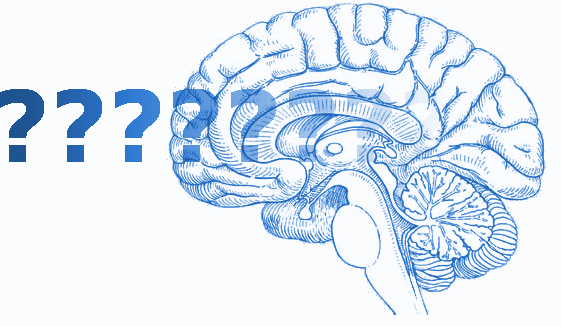What Does Any Part of the Brain Do?
Posted on Categories Discover Magazine

How can we know the function of a region of the brain? Have we been approaching the problem in the wrong way? An interesting new paper from German neuroscientists Sarah Genon and colleagues explores these questions.
According to Genon et al., neuroscientists have generally approached the brain from the standpoint of behavior. We ask: what is the neural basis of this behavioral or psychological function?
Traditionally, assigning functions to brain regions has mainly been based on conceptualizations of functions from many different disciplines that are interested in the study of the mind and behavior… ‘speech production’, ‘perspective taking’, and ‘emotional regulation’ are a few examples of these behavioral functions.
This “behavior-first” approach has revealed many associations between particular functions and particular brain regions. However, Genon et al. say, it has become clear that any given behavioral function involves more than one brain region, and it may be that there is no ‘necessary and sufficient brain area’ for any behavioral function.
So, the authors say, we may need to adopt a “brain region-first” perspective. Instead of looking for the neural basis of a behavior, we should instead be asking: what does this brain region do? What functions is it involved in?
For any brain region, we can think of many different behavioral functions, based on the perspective from which we consider this brain region. In practice, most of these behavioral functions can somehow be related to one another and seem to comprise a core computational function (i.e., an operation-function) that grounds all behavioral associations but remains latent and is not directly observed.
In other words, any brain region will be involved in many functions, but by triangulating between them we can (hopefully) arrive at the true core function of the region:
Our current knowledge of the functional specialization of a given brain region can be conceptualized as a polyhedron with its many sides (i.e., many behavioral functions), the sum of which can only be appreciated by investigation from many different perspectives, but whose core center remains intangible.
Genon et al. say that tools like NeuroSynth are ideal for helping us to map out these polyhedra. NeuroSynth is a database of published fMRI studies and it allows us to adopt a “brain region first” analysis: we can select a brain region and see what kinds of tasks and stimuli have been known to activate that region (although with many caveats). BrainMap is a similar tool.
This is a fascinating paper. I wonder, however, whether we might end up discovering that all brain regions – or at least, the bulk of the cerebral cortex – have the same core cognitive function? It might be that most of the cortical ‘modules’ are actually doing the same kind of processing, but operating on different inputs.
To give a simple example, a brain area which mainly gets auditory input will light up in response to different stimuli compared to one that gets visual input, but they might be doing the same basic operations on the input. I don’t think anyone knows, yet, whether different cortical areas are truly doing different computations.
